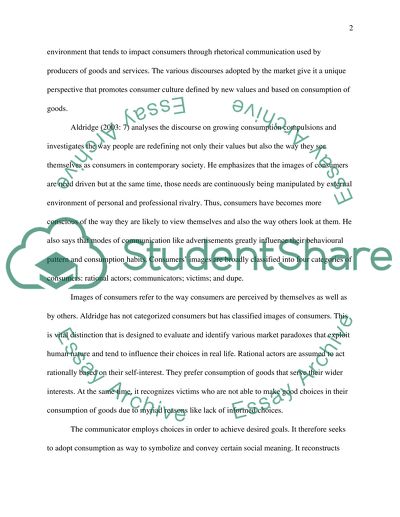Cite this document
(Critical Analysis of Consumer Behaviour Case Study, n.d.)
Critical Analysis of Consumer Behaviour Case Study. Retrieved from https://studentshare.org/marketing/1638299-contemporary-issues-in-consumer-bahaviour
Critical Analysis of Consumer Behaviour Case Study. Retrieved from https://studentshare.org/marketing/1638299-contemporary-issues-in-consumer-bahaviour
(Critical Analysis of Consumer Behaviour Case Study)
Critical Analysis of Consumer Behaviour Case Study. https://studentshare.org/marketing/1638299-contemporary-issues-in-consumer-bahaviour.
Critical Analysis of Consumer Behaviour Case Study. https://studentshare.org/marketing/1638299-contemporary-issues-in-consumer-bahaviour.
“Critical Analysis of Consumer Behaviour Case Study”. https://studentshare.org/marketing/1638299-contemporary-issues-in-consumer-bahaviour.


